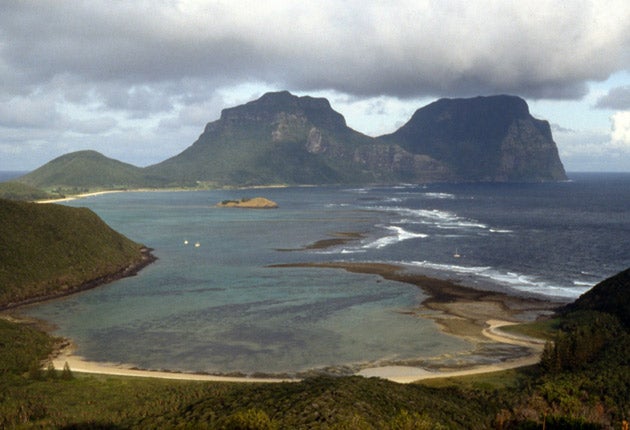Antarctic ozone hole 'creating rainfall in subtropical region'

The ozone "hole" over Antarctica could be increasing the amount of rainfall as far away as the subtropical regions of the southern hemisphere, according to a study that highlights the global nature of climate changes.
For the first time scientists have found evidence to suggest the depletion of the thin ozone layer high above the South Pole can alter the wind patterns thousands of miles away that bring rain to the subtropics.
The researchers believe the thinning of the ozone layer in the polar stratosphere over the past few decades as a result of the build-up of man-made pollutants has caused a southern shift of the westerly jet stream, which has caused a corresponding migration of the climatic bands that result in dry or wet conditions south of the equator.
"The ozone hole is over Antarctica but it causes a moisturising trend over subtropical regions of the world, such as eastern Australia," said Sarah Kang of Columbia University in New York, who led the study published in Science.
"Previous work has shown the impact of the ozone hole on the circulating winds at higher latitudes nearer the poles, but this is the first work to link the thinning of the ozone layer with circulation patterns at lower latitudes nearer the equator," she said.
The ozone layer in the stratosphere shields the Earth from damaging ultraviolet radiation from the Sun. In the 1980s scientists found that over the South Pole the layer was thinning significantly as a result of the use of industrial chemicals, notably chlorofluorocarbons (CFCs) used as aerosols and refrigerants.
An 1989 international treaty banned CFCs but scientists believe it will take many decades before the ozone layer recovers completely. Nevertheless, Dr Kang and her colleagues believe rainfall changes in subtropical regions of the southern hemisphere between 1979 and 2000 can be explained, at least in part, by changes to the ozone layer.
The study, which used computerised climate modelling, suggested the circumpolar winds that swirl around the Antarctic continent have become more intense because of a cooling effect in the atmosphere above the South Pole caused by a thinner ozone layer.
"The ozone hole causes cooling in the stratosphere over the Antarctic and that cooling creates a larger temperature gradient, which causes the higher latitude circulating winds to shift further southward," Dr Kang said. "It's amazing the ozone hole, located so high up in the atmosphere over Antarctica can have an impact all the way to the tropics and affect rainfall there. It's just like a domino effect."
An implication of the finding is that scientists working for the Intergovernmental Panel on Climate Change (IPCC) will have to consider the impact of the ozone hole when they assess the man-made influence on the global climate, said Professor Lorenzo Polvani of the Lamont-Doherty Earth Observatory, who worked on the study.
"The ozone hole is not even mentioned in the summary for policymakers issued with the last IPCC report. We show in this study [it] has large and far-reaching impacts. The ozone hole is a big player in the climate system," Professor Polvani said. "While the ozone hole has been considered a solved problem we're now finding it has caused a great deal of the climate change that's been observed," he said.
Join our commenting forum
Join thought-provoking conversations, follow other Independent readers and see their replies
Comments
Bookmark popover
Removed from bookmarks